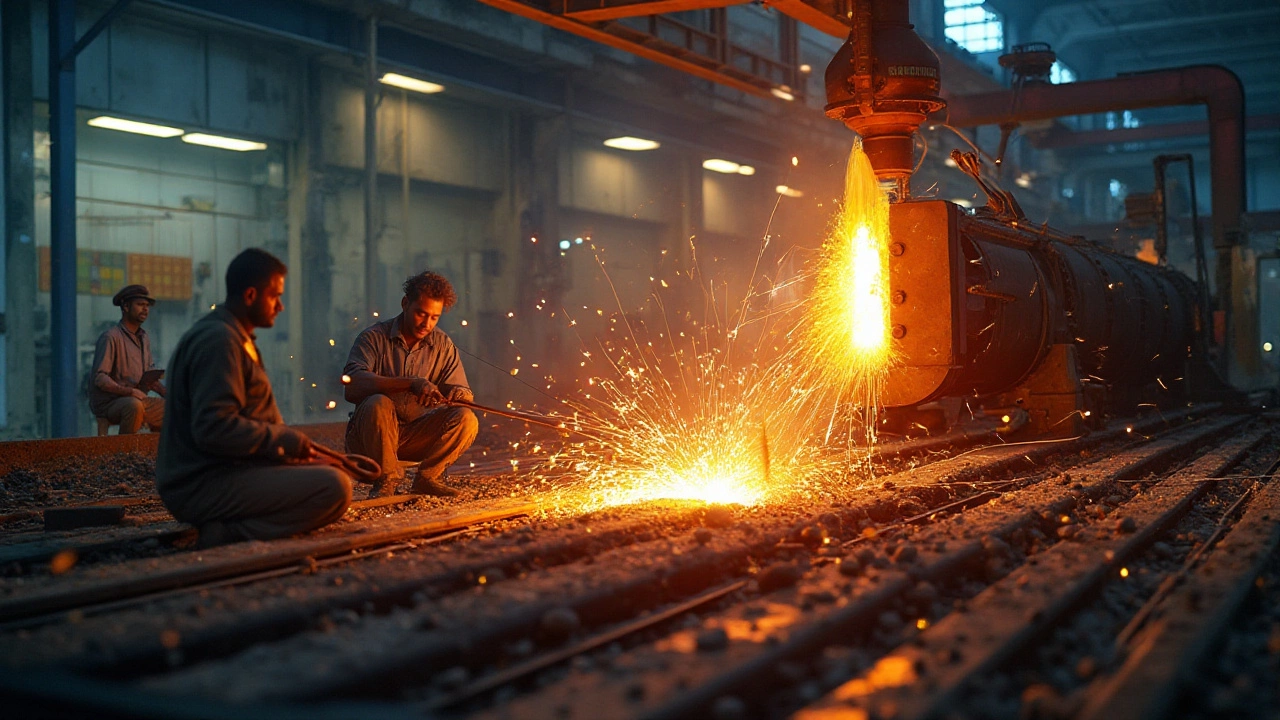Company Structure: How Indian Manufacturers Organize for Success
When we talk about Company Structure, the way a business arranges its divisions, reporting lines, and decision‑making processes. Also known as organizational design, it shapes how quickly a firm can adapt to market shifts.
One of the first building blocks is Organizational Hierarchy, the layered chain of command from executives down to front‑line staff. Coupled with a clear Business Model, the blueprint that defines how a company creates and captures value, these elements dictate day‑to‑day flow. In manufacturing, the Manufacturing Division, the unit responsible for production planning, quality control, and plant operations often sits at the core of the hierarchy. Finally, strong Corporate Governance, the set of policies and oversight mechanisms guiding executive actions ensures accountability and long‑term stability.
Why does company structure matter? It directly influences operational efficiency, market responsiveness, and profit margins. For example, Caterpillar’s global reach relies on a matrix structure that blends regional autonomy with central engineering standards, while Komatsu leans toward a more centralized model that speeds up product rollout. In India, Arvind Limited’s textile empire thrives thanks to a divisional structure that separates raw‑material sourcing, fabric production, and export teams, each with its own profit‑center. Small‑scale manufacturers listed in our "50+ Profitable Ideas" guide often adopt flat hierarchies—few layers, quick decisions, low overhead. AI chip startups in India illustrate how a lean governance framework can accelerate innovation while keeping investor confidence high. These cases show that company structure ↔ efficiency, hierarchy ↔ decision speed, and business model ↔ resource allocation are tightly linked.
Key Elements of an Effective Company Structure
First, clarity in reporting lines reduces confusion and speeds up problem‑solving. Second, choosing between functional (by department) and matrix (by product & region) designs depends on product complexity—think heavy‑equipment giants versus single‑product furniture makers. Third, the level of centralization matters; a central hub can enforce quality standards, while decentralization empowers local plants to react to regional demand, a pattern we see in US plastic manufacturing hubs. Fourth, governance structures like board committees or advisory councils keep strategy aligned with shareholder goals, especially for publicly listed firms such as the richest pharma companies. Lastly, technology integration—ERP systems, real‑time data dashboards—ties all parts together, enabling a seamless flow from raw material to finished product.
Understanding these pillars helps you read the collection below with a sharper eye. You'll see how different industries—steel, textiles, plastics, pharmaceuticals, and even food science—apply distinct structures to solve similar challenges. Whether you're a startup founder, a supply‑chain analyst, or just curious about why some factories profit more than others, the articles that follow illustrate real‑world applications of the concepts we’ve covered.
Ready to dive deeper? Below you’ll find curated insights ranging from heavy‑equipment comparisons to high‑demand product trends, each shedding light on how company structure drives success in India’s manufacturing landscape.
